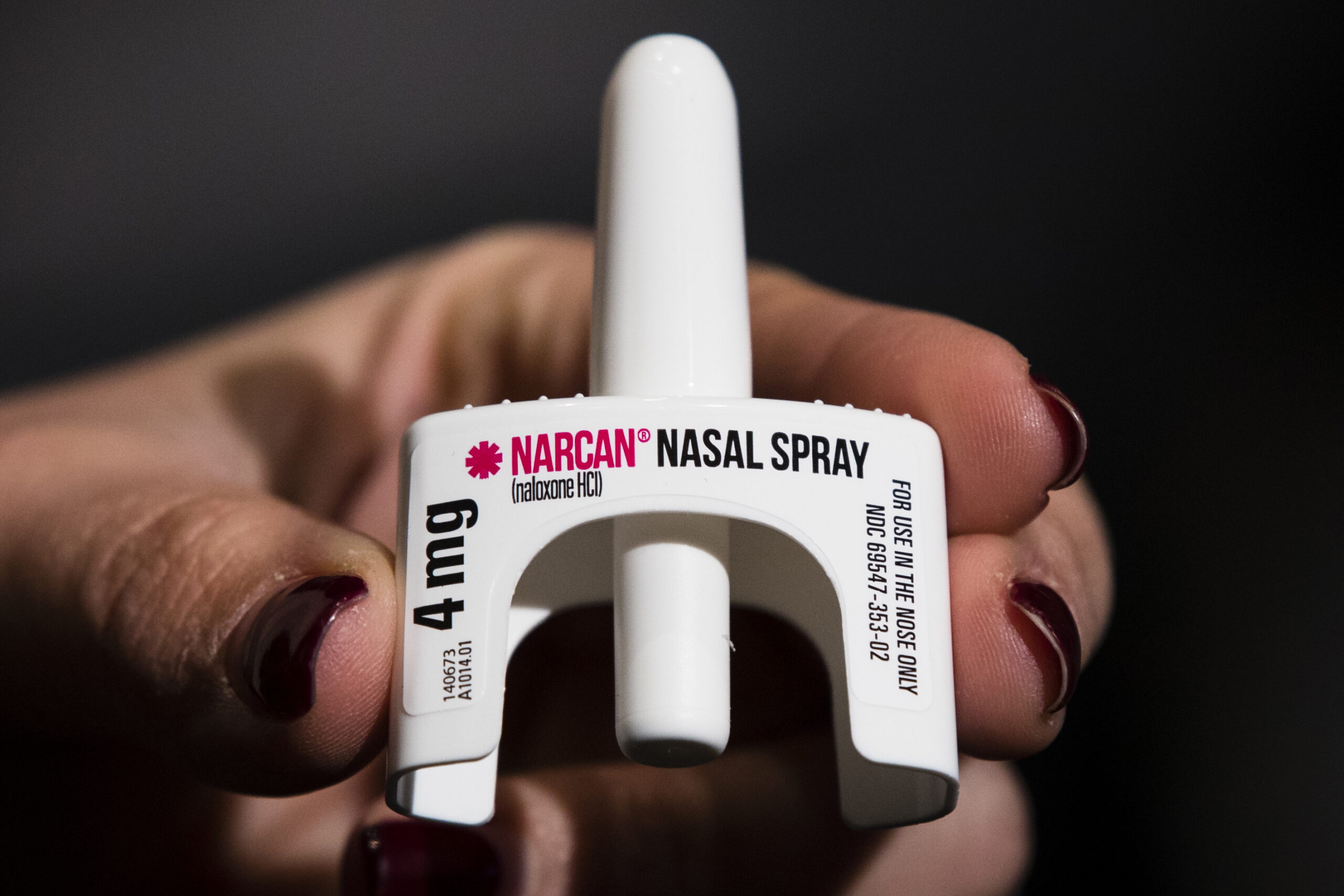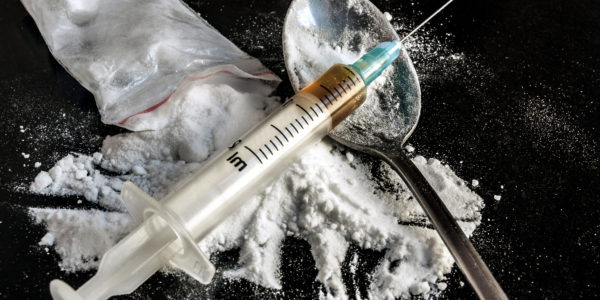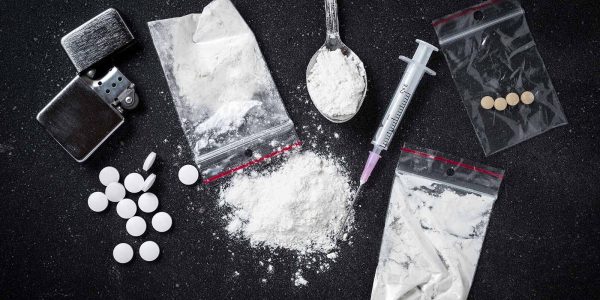LISTEN TO THIS ARTICLE:
Today the FDA announced that naloxone, the critical drug for reversing opioid overdoses, will now be available OTC (over the counter). For years, it was only available by injection, but since 2015, it has been widely available as a nasal spray called Narcan. Unfortunately, you still needed a prescription for it until 2022 when that rule was removed. Even then, though, you still had to talk to the pharmacist and there may have been other hoops to jump through depending on your state.
Now that the FDA has made naloxone available over the counter (OTC), it will be even more accessible. This is a critical step for fighting the opioid epidemic that has swept America over the past several years.
What is naloxone?
Naloxone quickly reverses the effects of opioids like fentanyl, heroin, and prescription painkillers. It is an opioid antagonist, which means it works by blocking the effects of opioids in the brain. In emergencies it is the only option for reversing the respiratory depression and sedation caused by these drugs. By making naloxone available OTC, the FDA has made a life-saving drug more accessible than ever.
Naloxone can bring people back from the brink of death, get them breathing again, and restore consciousness. It doesn’t fix everything, however. While naloxone works quickly, its effects don’t last much longer than an hour. Long-acting opioids like fentanyl stay in the body much longer. People who have overdosed and received naloxone need monitoring in the hospital for at least 2 more hours afterwards.
What’s the state of the opioid epidemic?
Close to 107,000 Americans died from drug overdoses in 2021, the highest number ever, and opioids were responsible for three-quarters of that. In fact, over half a million people have died from opioid overdoses in the past 20 years.
Our country’s problem with opioids began in the 1990s when doctors started prescribing opioid painkillers more frequently to patients. This was heavily influenced by publicity campaigns by pharmaceutical companies like Perdue which pushed doctors to over-prescribe opioid pain killers. Many people who got opioids after surgery or an accident became addicted to the drugs and turned to heroin and other illicit opioids when their prescriptions ran out or became too expensive.
By the early 2010s, prescribing practices finally changed, restricting the availability of legal opioids. However, just as that came under control, fentanyl flooded the black market and brought on the worst wave yet of the opioid epidemic. Since then, these powerful and deadly synthetic opioids like fentanyl have pushed overdoses higher than ever. Naloxone available over the counter is the strongest new tool we have in the fight against this epidemic.


 Learn
Learn Read Stories
Read Stories Get News
Get News Find Help
Find Help
 Share
Share
 Share
Share
 Share
Share
 Share
Share



